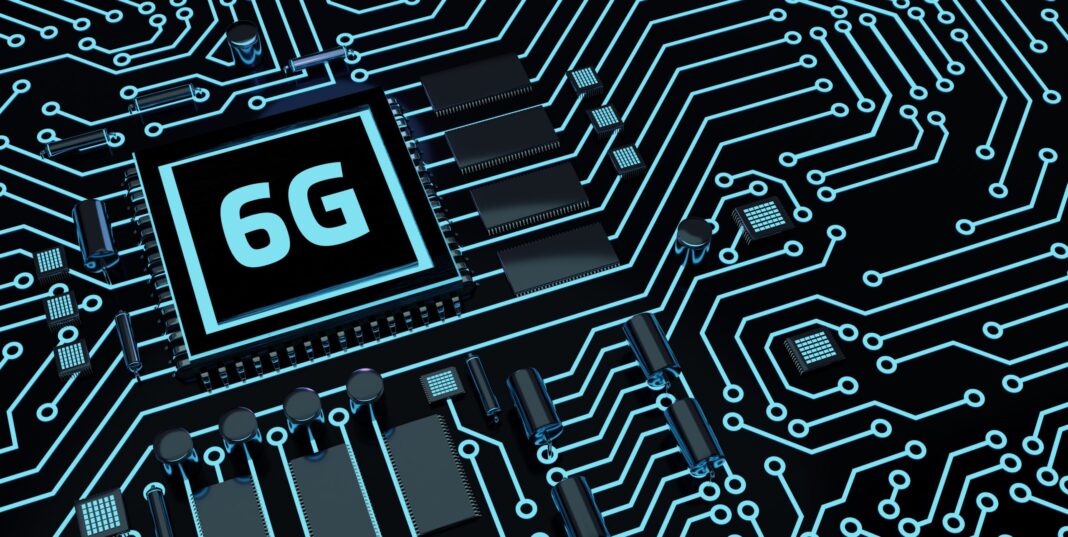
By Juan Pedro Tomás October 31, 2024
Collected at: https://www.rcrwireless.com/20241031/featured/nokia-to-lead-european-lighthouse-project-on-6g-sustainability
Nokia noted that SUSTAIN-6G’s core mission is to harness the capabilities of 6G to tackle pressing sustainability challenges
Finnish vendor Nokia announced that it has been selected by the Smart Networks and Services Joint Undertaking (SNS JU), a public-private initiative funded by the European Commission, to coordinate the SUSTAIN-6G lighthouse project.
In a release, the Nordic vendor said that it will lead a diverse consortium of industry and academic partners to explore how future 6G technology can drive sustainability—environmental, economic, and social—for a more sustainable future.
The vendor also noted that SUSTAIN-6G’s core mission is to harness the capabilities of 6G to tackle pressing sustainability challenges. The project will focus on developing use cases within three key areas, aligned with the United Nations Sustainable Development Goals:
-Energy Smart Grid: The consortium will investigate how 6G can support energy efficiency by creating microgrids to better manage electricity demands. Leveraging artificial intelligence (AI) for real-time distribution network control, SUSTAIN-6G aims to create resilient and flexible energy systems that can incorporate renewable sources like wind and solar to minimize disruptions, said Nokia.
-E-Health and Telemedicine: The team will look at how future 6G systems can enhance digital health access, providing a secure infrastructure for transferring and analyzing medical data. This technology could enable new online diagnostic tools for remote or underserved communities. Additionally, AI tools within this network could help detect early signs of health crises.
-Agriculture: The group will also explore how 6G could offer dynamic connectivity for smart farming applications requiring data-heavy processes, like sensing and telemetry. This technology could optimize harvest operations with automated equipment and improve data integration from various sources—field sensors, climate data, and satellite imagery—to provide real-time insights throughout the growing season.
Nokia highlighted that it has previously led two other major 6G projects in Europe, Hexa-X and Hexa-X-II, which established groundwork for 6G standardization and use case development.
The SUSTAIN-6G consortium comprises a wide range of stakeholders, including network service providers, equipment vendors, industrial partners, research institutions and universities across Europe, as well as SMEs. The project is set to launch in January 2025 and aims for completion by 2027.
Peter Merz, vice president of Nokia Standards, said: “The UN Paris Agreement committed the world to combatting climate change. Every industry must do its part. SUSTAIN-6G will show how the communications industry will apply the next generation of networking to creating that sustainable future, overcoming not just environmental challenges but societal and economic challenges as well.”
Earlier this year, Nokia had inked a partnership with Korean carrier KT to carry out research in the 6G field.
The pair agreed to collaborate on developing advanced Open RAN technology for 6G mobile communications and ultra-wideband wireless access technology using candidate frequencies for 6G.
The two firms also agreed to closely prepare for the 6G era, focusing on discovering future services and innovating infrastructure that can be provided through 6G technology.
The standardization process for future 6G systems is in its early stages. At a previous plenary session, 3GPP decided to complete the standard specifications for commercial 6G networks and terminals by 2029.

Leave a Reply